Home>Maintenance & Safety>Safety Equipment & Products>What Is A Home Safety Concern


Safety Equipment & Products
What Is A Home Safety Concern
Modified: January 14, 2024
Learn about common home safety concerns and the importance of safety equipment and products to keep your home and family safe. Find out how to address potential hazards and protect your loved ones.
(Many of the links in this article redirect to a specific reviewed product. Your purchase of these products through affiliate links helps to generate commission for Storables.com, at no extra cost. Learn more)
Introduction
Welcome to the world of home safety, where peace of mind and well-being intersect. In today’s fast-paced world, creating a safe haven within the walls of our homes is paramount. Home safety is not just about having sturdy locks and smoke detectors; it encompasses a wide array of measures designed to protect you, your loved ones, and your property from potential hazards. In this article, we will delve into the realm of home safety concerns, exploring their significance and offering practical tips for addressing them. Whether you’re a seasoned homeowner or a first-time renter, understanding and implementing home safety measures is essential for fostering a secure and comfortable living environment.
Key Takeaways:
- Prioritizing home safety is essential for protecting loved ones, preventing accidents, and maintaining a healthy living environment. Implementing practical tips and addressing common concerns fosters a secure home environment.
- Understanding and addressing common safety concerns, such as slips, trips, and falls, fire hazards, and water safety, empowers individuals to fortify their living spaces and reduce potential risks. Proactive measures and ongoing vigilance contribute to a secure and resilient home.
Importance of Home Safety
Home safety is a fundamental aspect of maintaining a healthy and secure living environment. It encompasses various elements that contribute to the overall well-being and protection of individuals and their property. Understanding the importance of home safety is crucial for fostering a sense of security and tranquility within one’s living space.
Protection of Loved Ones: Ensuring the safety of family members, especially children and the elderly, is a top priority for homeowners. Implementing safety measures such as childproofing, securing furniture, and installing safety gates and handrails can significantly reduce the risk of accidents and injuries within the home.
Prevention of Accidents: Home safety measures play a pivotal role in preventing common accidents such as slips, trips, and falls. Addressing potential hazards, maintaining clutter-free walkways, and installing proper lighting can mitigate the risk of such incidents, particularly for individuals with mobility challenges.
Protection Against Intruders: Home security systems, sturdy locks, and strategic lighting serve as deterrents against potential intruders, safeguarding the home and its occupants from unauthorized entry and theft. These measures provide peace of mind and contribute to a secure living environment.
Fire Safety: Implementing fire safety measures, including the installation of smoke detectors, fire extinguishers, and carbon monoxide alarms, is essential for early detection and prevention of fire-related emergencies. Educating household members about fire escape plans and practicing fire drills further enhances preparedness.
Health and Well-being: Home safety directly impacts the physical and mental well-being of occupants. Maintaining clean indoor air quality, addressing potential sources of contamination, and ensuring proper ventilation contribute to a healthy living environment, reducing the risk of respiratory issues and other health concerns.
Property Protection: Safeguarding the home from potential hazards such as water damage, electrical faults, and structural vulnerabilities is essential for preserving the integrity of the property. Regular maintenance, timely repairs, and adherence to safety guidelines can help prevent costly damages.
Recognizing the significance of home safety empowers individuals to take proactive measures to mitigate potential risks and create a secure, nurturing environment for themselves and their loved ones. By prioritizing home safety, homeowners and renters alike can enjoy the peace of mind that comes with knowing their living space is well-protected and conducive to a thriving lifestyle.
Common Home Safety Concerns
Home safety encompasses a spectrum of potential hazards and risks that can compromise the well-being of occupants and the structural integrity of the property. Understanding and addressing these common safety concerns is essential for creating a secure living environment. Let’s explore some prevalent home safety concerns and their implications:
- Slips, Trips, and Falls: Uneven flooring, loose rugs, cluttered walkways, and inadequate lighting contribute to the risk of slips, trips, and falls within the home. These incidents can result in injuries, particularly for young children and seniors. Implementing non-slip flooring, securing rugs, and maintaining well-lit pathways can mitigate these risks.
- Fire Hazards: Electrical malfunctions, unattended cooking, and flammable materials pose significant fire hazards within the home. Installing smoke detectors, fire extinguishers, and practicing fire safety protocols are essential for early detection and prevention of fires. Additionally, educating household members about fire safety measures is crucial.
- Poisoning and Chemical Exposure: Household chemicals, medications, and toxic substances present poisoning risks, especially when accessible to children and pets. Proper storage of hazardous materials, use of childproof containers, and safe disposal of expired medications are vital for preventing accidental poisoning and chemical exposure.
- Home Security: Intrusions and burglaries are potential threats to home safety. Installing robust locks, security systems, and motion-activated lighting can deter unauthorized entry and enhance the overall security of the property. Additionally, maintaining clear visibility around the home’s exterior reduces potential hiding spots for intruders.
- Water and Electrical Safety: Water leaks, faulty wiring, and electrical malfunctions pose risks of water damage and electrical hazards. Regular inspection of plumbing systems, electrical outlets, and appliances is crucial for identifying and addressing potential safety concerns. Additionally, installing ground fault circuit interrupters (GFCIs) in areas prone to moisture can prevent electrical accidents.
- Natural Disaster Preparedness: Homes in regions prone to natural disasters such as earthquakes, hurricanes, and floods require specific safety measures. Securing heavy furniture, reinforcing windows, and having emergency kits and evacuation plans in place are vital for mitigating the impact of natural disasters on home safety.
By acknowledging and addressing these common home safety concerns, homeowners and renters can proactively safeguard their living spaces and mitigate potential risks. Implementing preventive measures, promoting awareness, and prioritizing safety contribute to a secure and resilient home environment for all occupants.
Always keep a fire extinguisher in an easily accessible place in your home. Make sure everyone in the household knows how to use it in case of a fire emergency.
Tips for Addressing Home Safety Concerns
Addressing home safety concerns involves proactive measures aimed at mitigating potential risks and creating a secure living environment for occupants. By implementing practical safety strategies and fostering awareness, homeowners and renters can effectively address common safety concerns. Here are valuable tips for enhancing home safety:
- Regular Maintenance: Conduct routine inspections of the home’s structural components, including roofing, plumbing, and electrical systems. Address any signs of wear, damage, or malfunction promptly to prevent potential hazards.
- Install Safety Devices: Equip the home with essential safety devices, including smoke detectors, carbon monoxide alarms, fire extinguishers, and security systems. Ensure that these devices are in working condition and conduct regular tests to verify their functionality.
- Childproofing: Implement childproofing measures to safeguard young children from potential hazards. Secure cabinets and drawers, install safety gates, and cover electrical outlets to minimize the risk of accidents and injuries.
- Secure Furniture and Appliances: Anchor heavy furniture, such as bookshelves and dressers, to the wall to prevent tipping. Additionally, secure appliances and electronic devices to minimize the risk of accidental falls or entrapment.
- Proper Lighting: Ensure adequate lighting throughout the home, especially in hallways, staircases, and outdoor pathways. Well-lit spaces reduce the risk of slips, trips, and falls, enhancing overall safety.
- Emergency Preparedness: Develop and practice emergency plans for various scenarios, including fires, natural disasters, and medical emergencies. Educate household members about evacuation routes, emergency contacts, and essential supplies for different emergency situations.
- Maintain Clean Indoor Air: Regularly clean and maintain HVAC systems, air filters, and ventilation systems to promote clean indoor air quality. Addressing mold, dust, and other indoor pollutants contributes to a healthy living environment.
- Safe Storage of Hazardous Materials: Store household chemicals, medications, and cleaning products in secure, out-of-reach locations. Use childproof containers and adhere to proper disposal guidelines for expired or unused substances.
- Regular Security Checks: Assess the home’s security measures, including locks, windows, and entry points. Enhance security by installing motion-activated lighting, reinforcing doors and windows, and considering the use of security cameras or smart home security systems.
- Water and Electrical Safety: Inspect plumbing for leaks, drips, and signs of water damage. Additionally, schedule regular electrical inspections to identify and address potential hazards, such as faulty wiring or overloaded circuits.
By incorporating these practical tips into their home safety practices, individuals can actively mitigate potential risks and promote a secure living environment for themselves and their families. Proactive safety measures and ongoing vigilance contribute to the overall well-being and tranquility of the home.
Conclusion
Home safety is a multifaceted endeavor that encompasses a broad spectrum of measures aimed at protecting individuals, property, and overall well-being. By recognizing the significance of home safety and actively addressing common safety concerns, homeowners and renters can cultivate a secure and nurturing living environment.
Understanding the importance of home safety, from safeguarding loved ones to mitigating potential hazards, empowers individuals to take proactive steps in creating a secure home environment. By implementing practical tips such as regular maintenance, installation of safety devices, childproofing, and emergency preparedness, individuals can significantly enhance home safety and reduce the risk of accidents and emergencies.
Furthermore, fostering awareness of common home safety concerns, including slips, trips, and falls, fire hazards, poisoning risks, and water and electrical safety, enables individuals to identify and address potential risks effectively. By acknowledging these concerns and implementing preventive measures, homeowners and renters can fortify their living spaces against potential hazards.
Ultimately, home safety is a continuous commitment that requires ongoing vigilance and proactive measures. By prioritizing home safety and integrating practical strategies into daily routines, individuals can create a secure and resilient living environment for themselves and their families. Embracing the principles of home safety not only fosters peace of mind but also contributes to a thriving and harmonious lifestyle within the comfort of one’s home.
As we navigate the realm of home safety, let us embrace the proactive mindset of safeguarding our living spaces and promoting a culture of well-being and security within our homes. By doing so, we can create a sanctuary that nurtures and protects, fostering a sense of tranquility and contentment for all who dwell within its walls.
Frequently Asked Questions about What Is A Home Safety Concern
Was this page helpful?
At Storables.com, we guarantee accurate and reliable information. Our content, validated by Expert Board Contributors, is crafted following stringent Editorial Policies. We're committed to providing you with well-researched, expert-backed insights for all your informational needs.
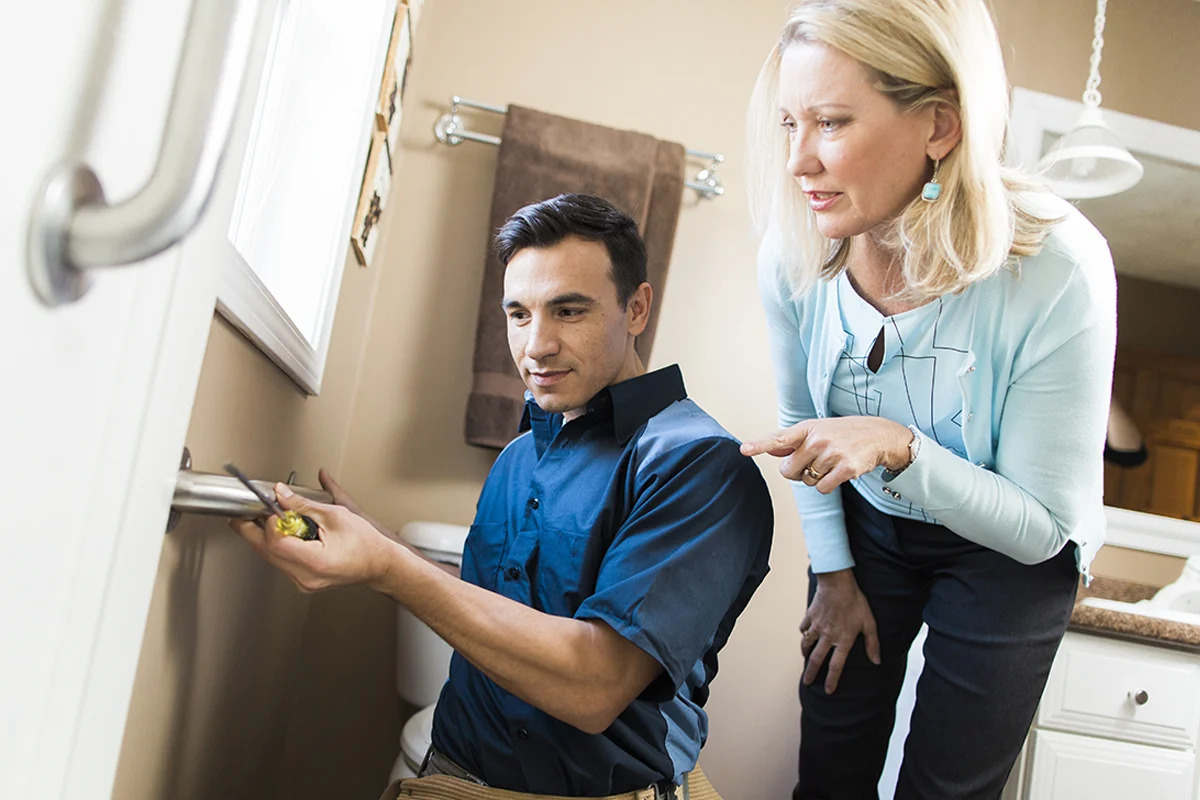
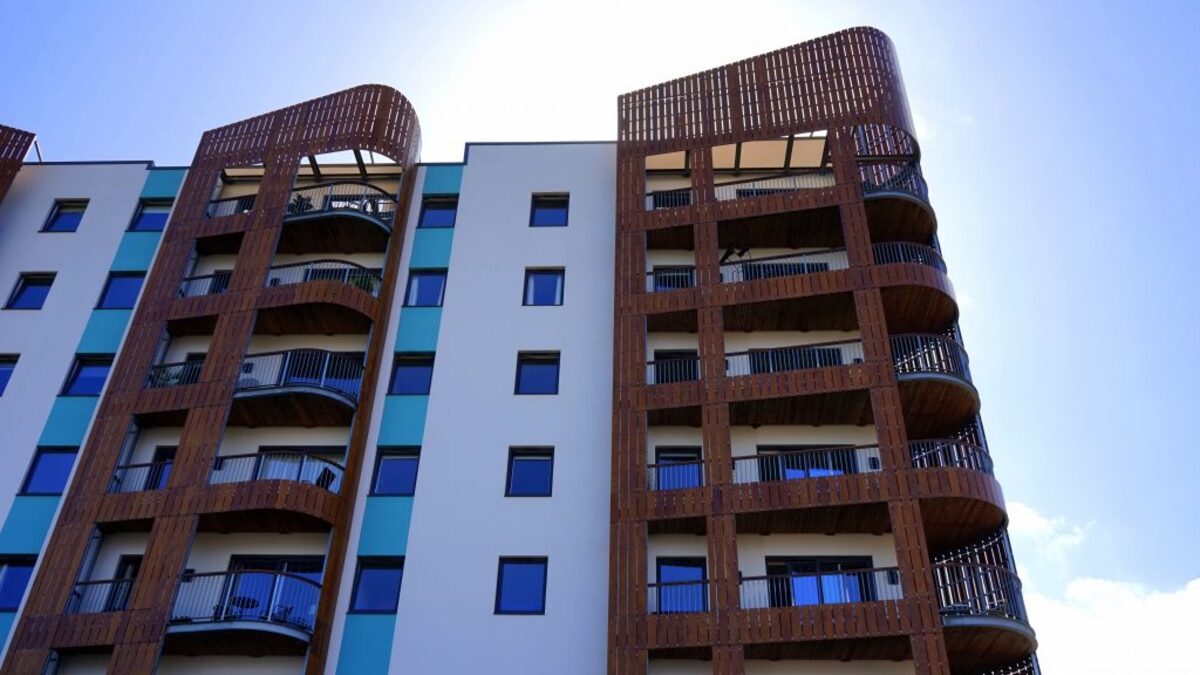
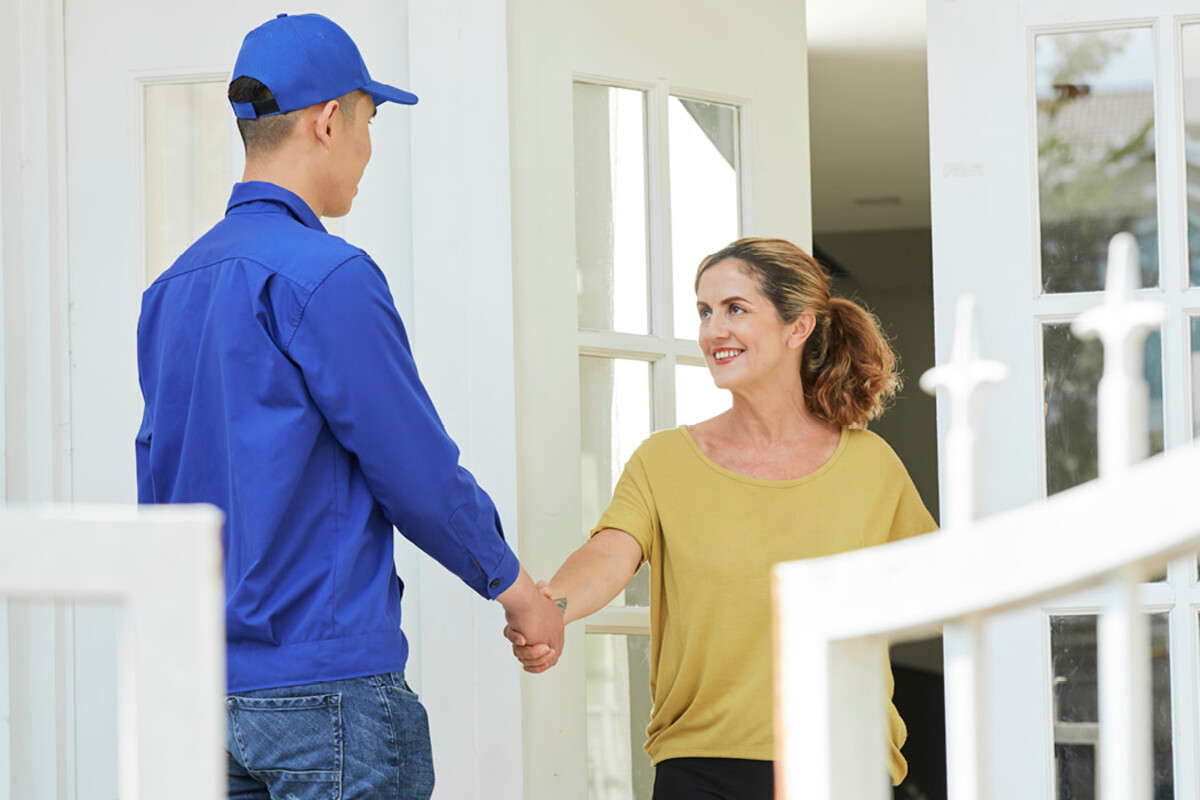
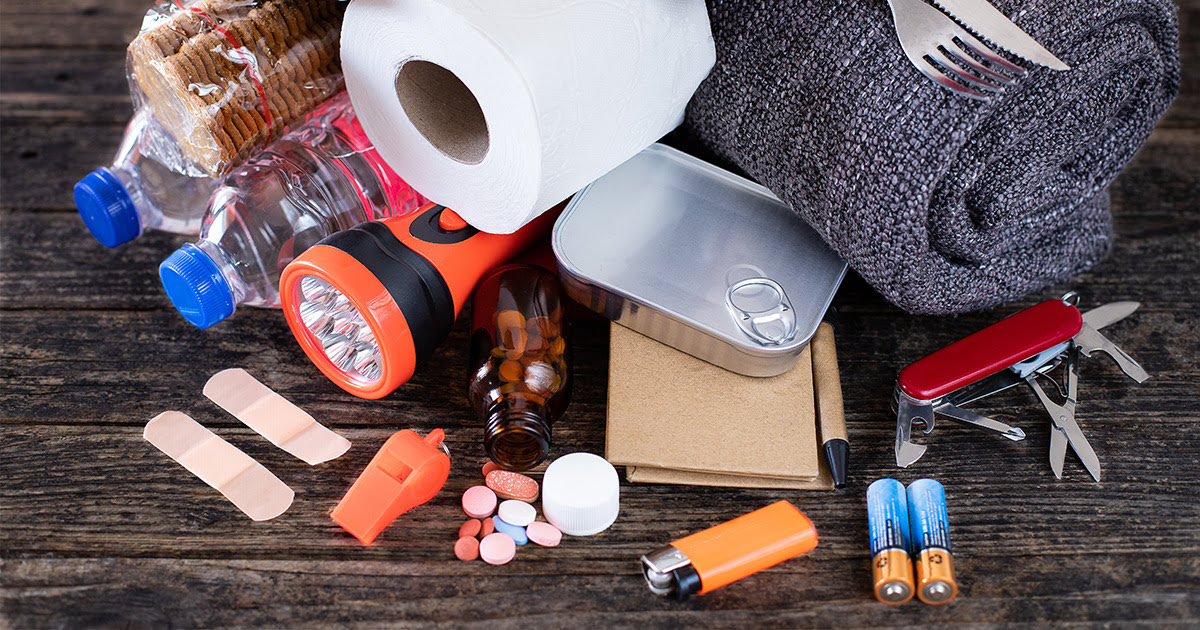
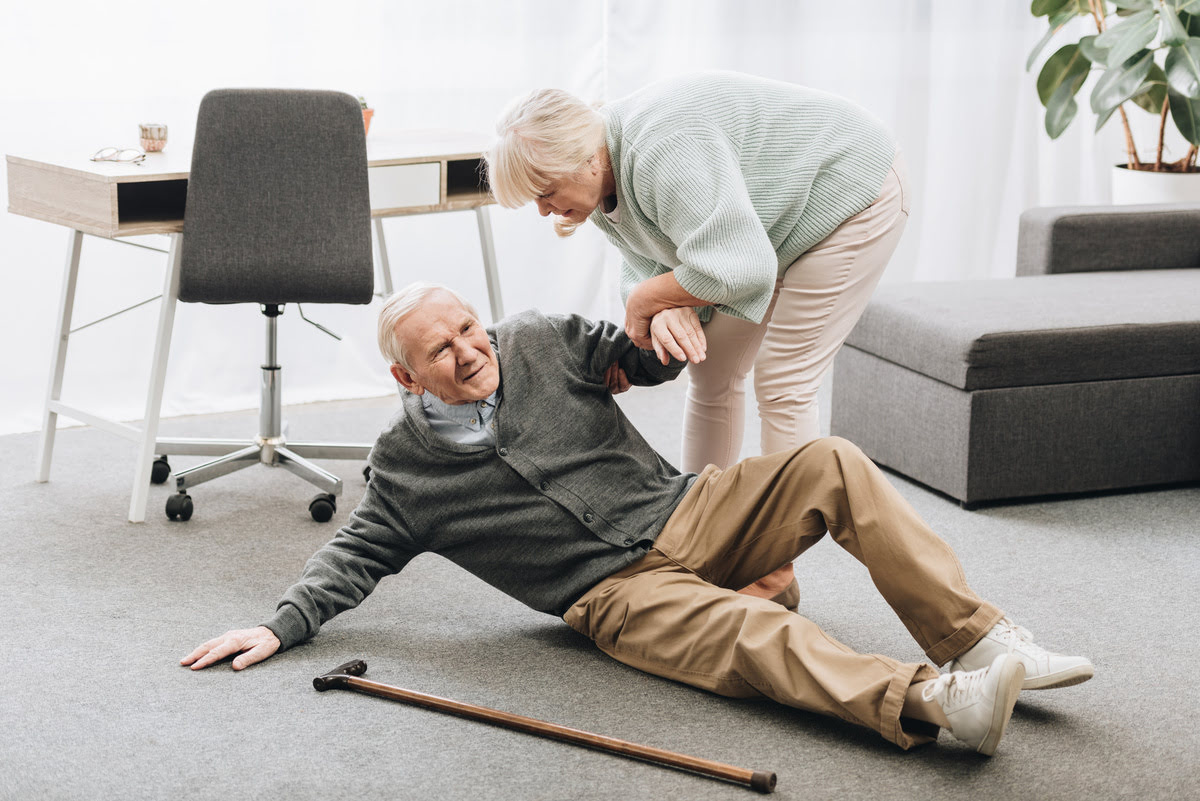
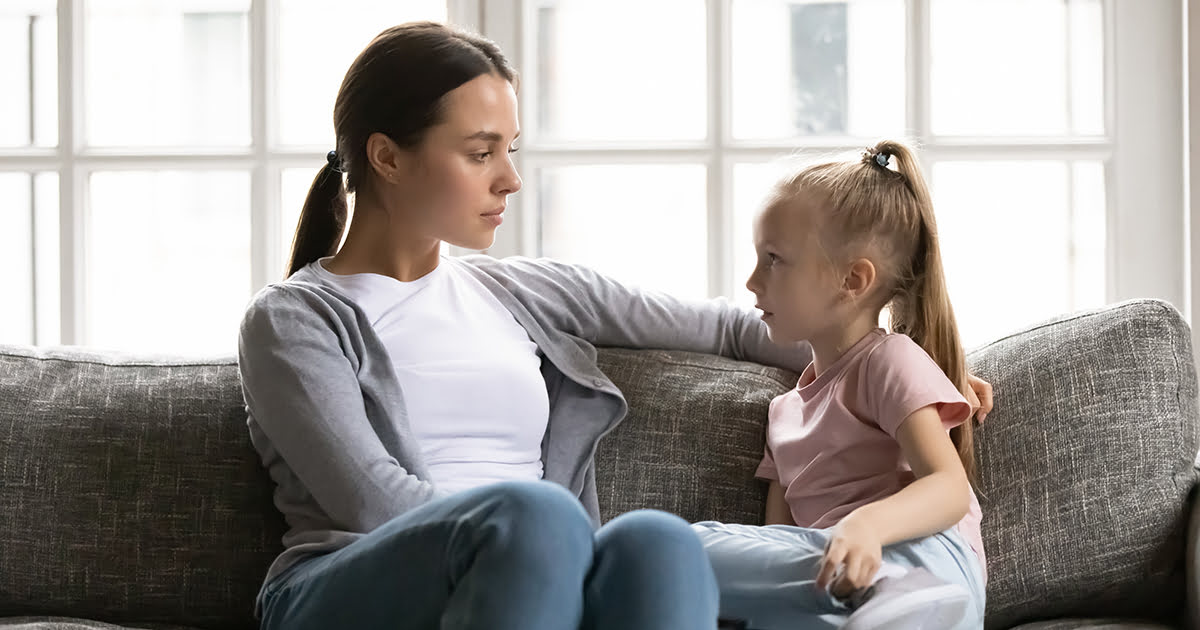
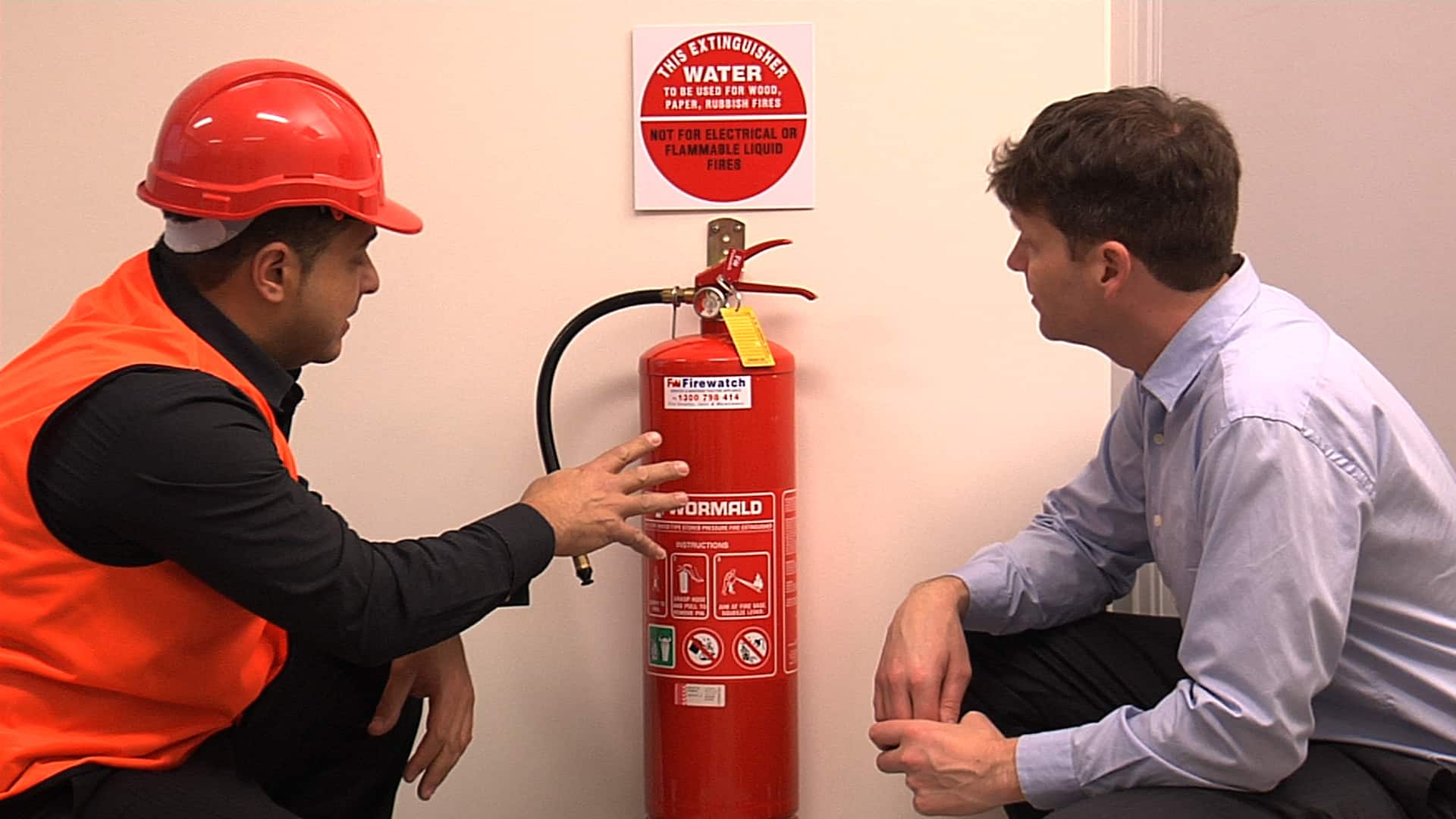


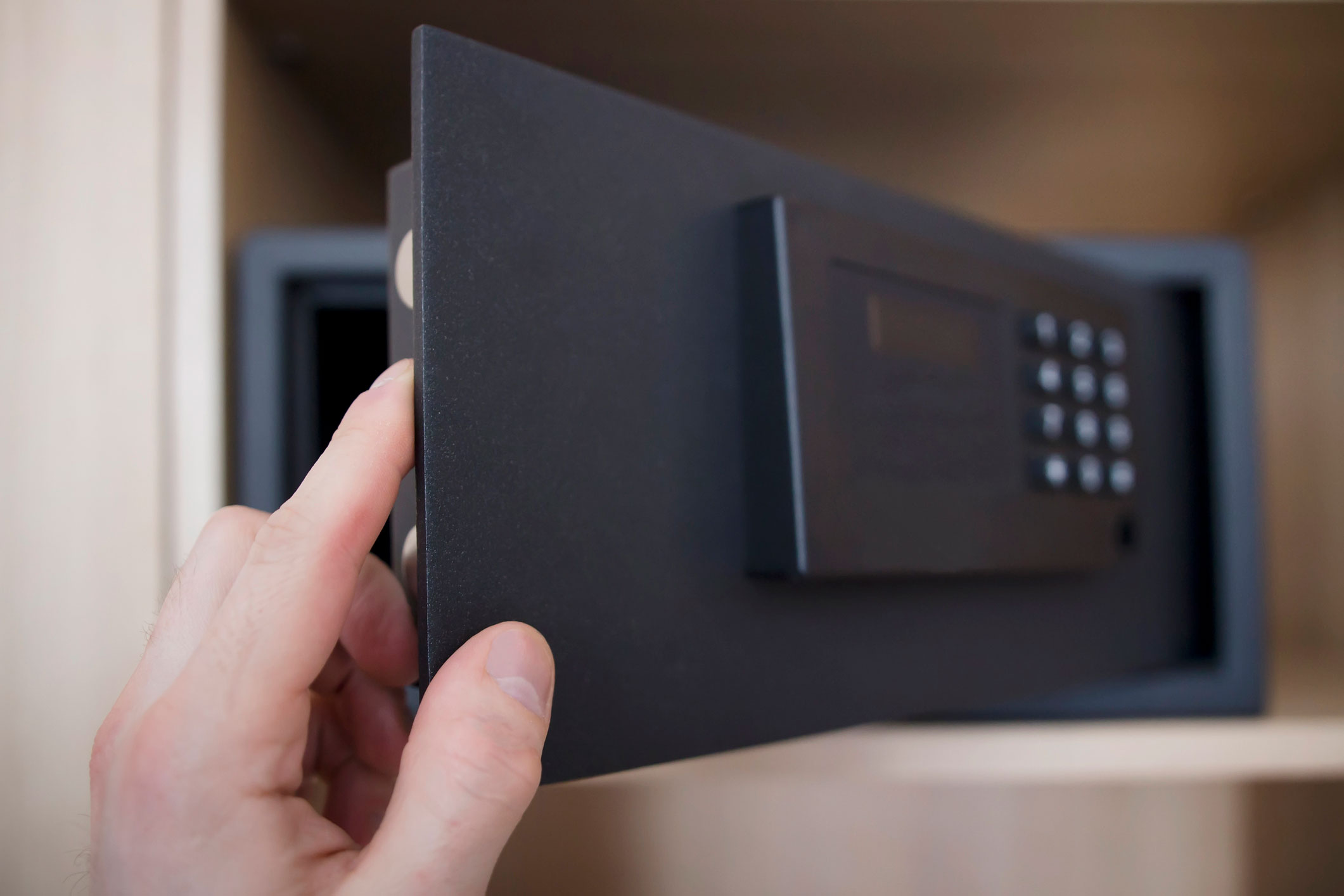
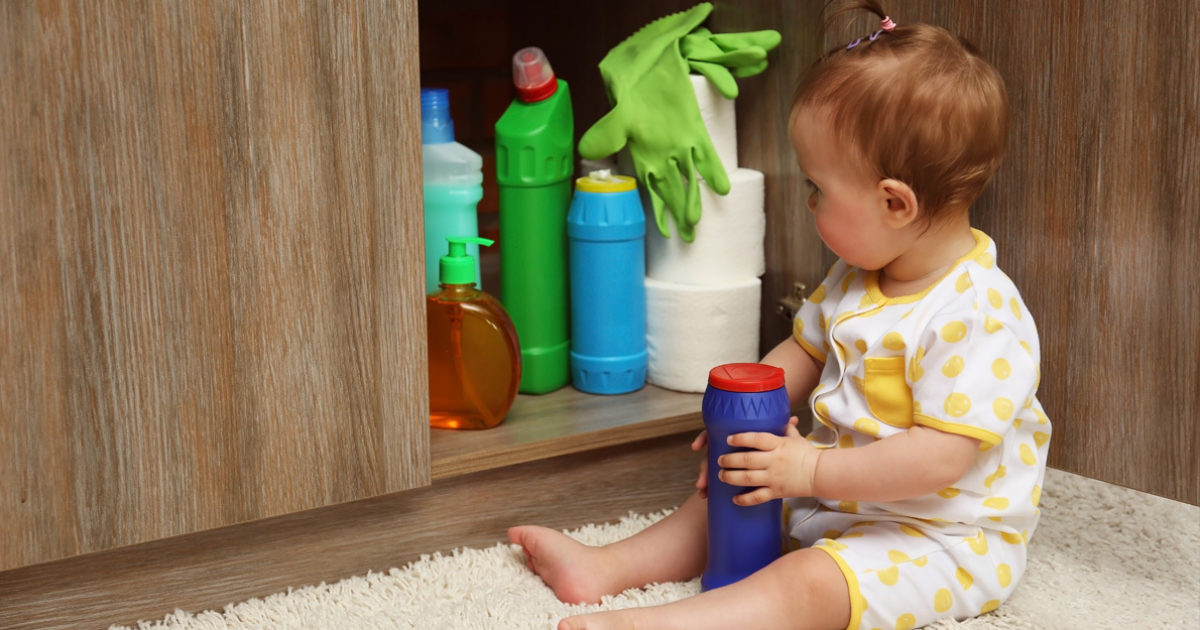
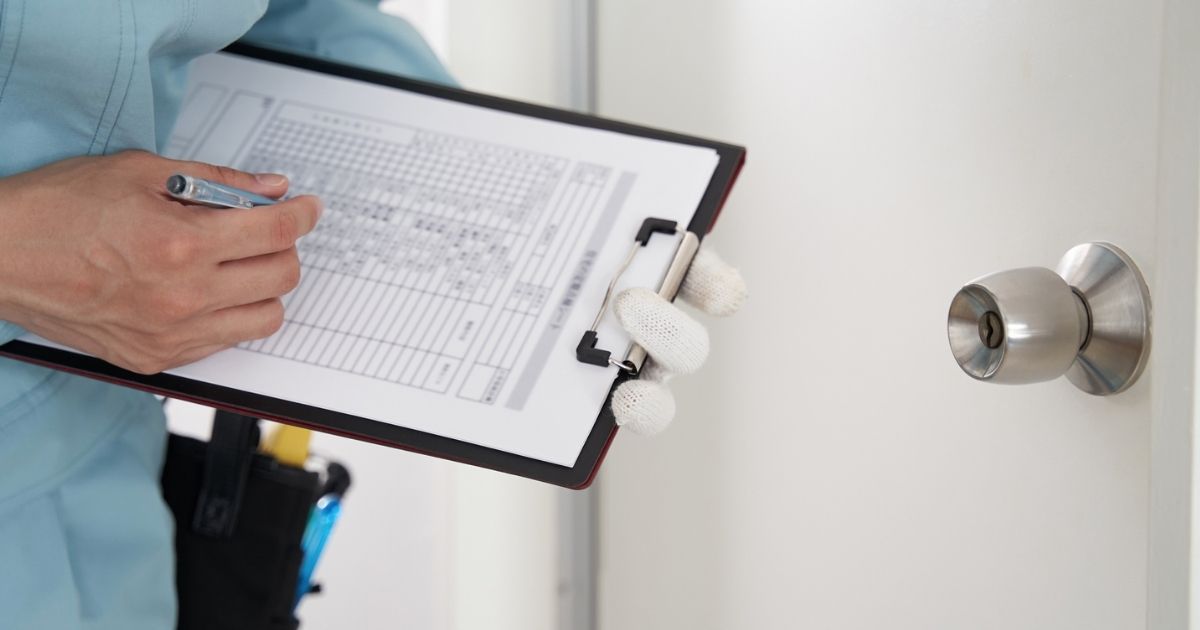
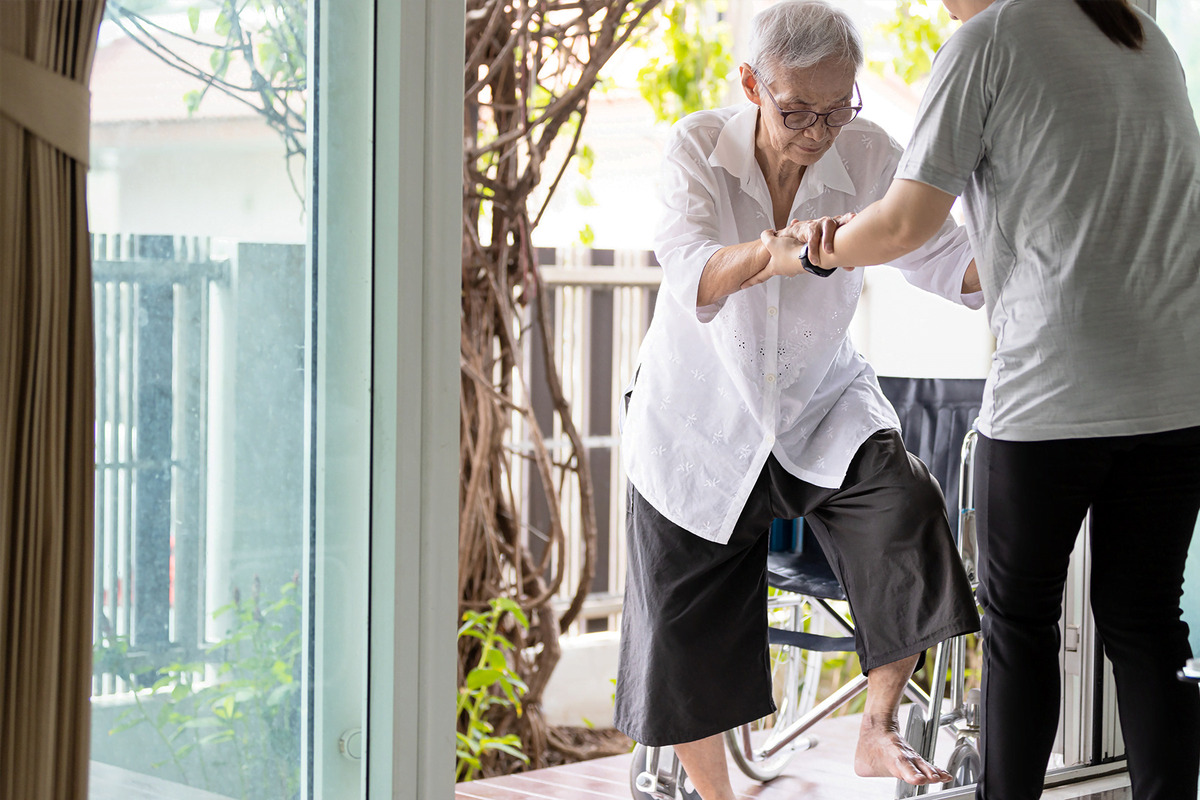

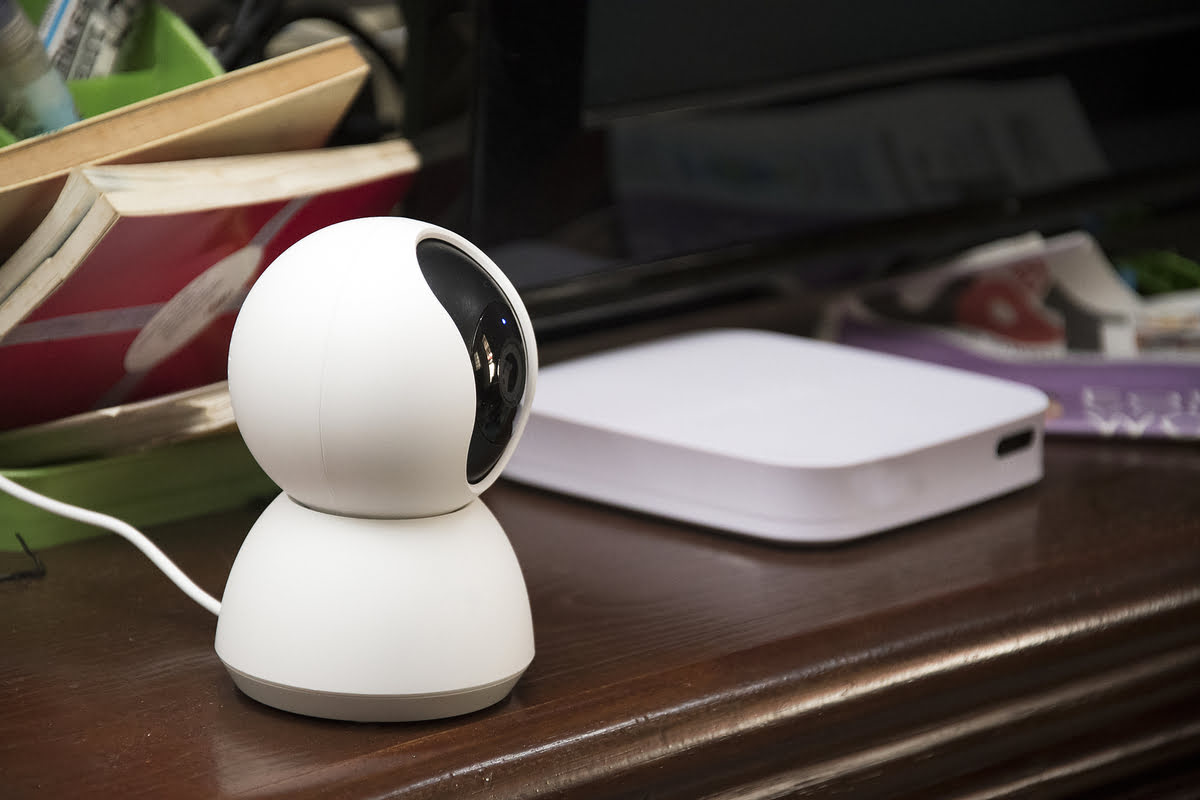

0 thoughts on “What Is A Home Safety Concern”